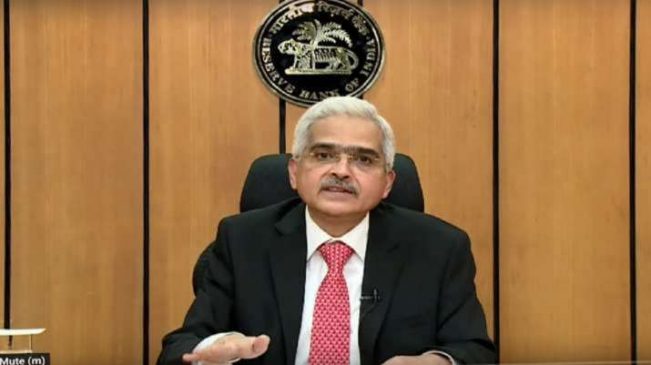RBI Policy: Investors ought to allocate only a small part of their portfolio to fixed deposits (FDs). Just because the interest rates are hovering at a high level, investors should not be tempted to allocate a higher proportion to fixed income instruments.
After the US Fed lowered policy rate by 50 bps from its 23-year high, the Reserve Bank of India (RBI) is likely to follow suit and cut the benchmark policy rate, perhaps later this year. And with interest rate cut cycle set to commence in December, investors are recommended to lock their money in fixed deposits (FDs) as soon as they can.
Also Read– Borrower Blues: Home loan customers may have to wait till December for RBI to lower interest rates
Experts suggest investors to lock a portion of their money in the fixed deposits schemes. RBI’s monetary policy committee (MPC) meeting will begin on October 7 (Monday) and will culminate on October 9 (Wednesday) when it is scheduled to announce its decision on the monetary policy. Meanwhile, a recent report has suggested that the RBI will maintain a status quo on the policy.
Lock the money
Some experts we spoke to suggested that retail investors are recommended to lock their savings in the fixed income instruments in view of the prevailing high interest rates.
“Fixed deposits are one of the sought-after investment products for retail investors because of their assured return and safety to the capital. For a couple of years, we have witnessed good FD interest rates as RBI had a constant view on interest rates in their monetary policies for cooling the inflation and money supply in the market. If your financial goal is 2-3 years away, you can now lock the required amount in a fixed deposit. Don’t wait any longer,” says Preeti Zende, a Sebi-registered investment advisor and founder of Apna Dhan Financial Services.
Also Read– Senior citizens can earn up to 9.5%: Top fixed deposit rates for October 2024
However, investors are advised to stick to the rules of asset allocation of portfolio management wherein they should allocate different portions of their portfolio across assets including equity, bonds, gold and fixed deposits. So, only a small portion of the portfolio should be invested in fixed income instruments including fixed deposit.
“It is not advisable to lock a big chunk of money in an FD. They are taxable and they may fail, in the long run, to generate inflation-hedged returns. So, one should take a well-calculated call as per the required asset allocation of your financial goals,” she adds.
Deepak Aggarwal, a Delhi-based chartered accountant, says, “A fixed deposit is a good investment when you want to make a secure investment. It’s, however, not a replacement for a wealth generation asset such as equity. But one can allocate a pre-defined portion of the portfolio to fixed deposits.
Here we list out the key points to remember before investing in a fixed deposit.
Read More: Crorepati formula: PPF investment can also make you a crorepati. Check calculations
4 Key points to remember as you lock money in an FD
1. Invest early: It is advisable to invest in a fixed deposit instrument before the RBI Policy if you are planning to invest anytime soon. Although a Bank of Baroda research report recently suggested that the RBI is unlikely to cut policy rate on October 9, why should one wait until the December policy when the interest rates are already hovering at their peaks.
2. Not overboard: One should allocate only a small part of the portfolio to fixed deposits. Just because the interest rates are hovering at a high level, investors should not be tempted to allocate a higher proportion of their assets to fixed income instruments.
3. Tax component: While investing in a fixed income instrument such as an FD, one should factor in the income tax component too. All fixed deposit instruments are taxable as per your tax slab.
4. Asset rebalancing: While deciding to allocate a portion of your portfolio to fixed deposits, you should make sure that you do asset rebalancing and keep your asset allocation in the ratio you had earlier decided.
For instance, if you had decided to keep equity at 60 percent and now equity prices have risen by 10 percent, you should cut down the equity portion by 10 percent to invest the same in debt in order to keep the ratio the same.
For more news like this visit Officenewz.com





































